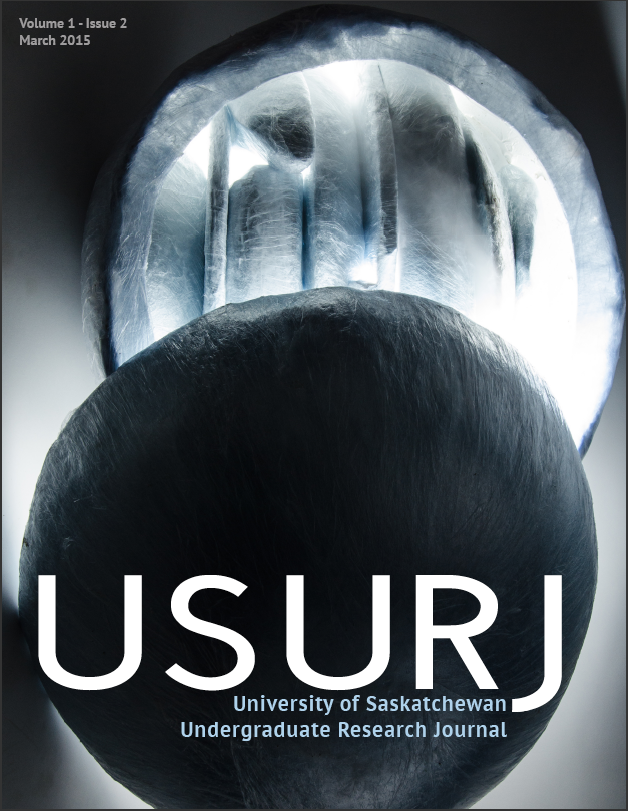What’s Your Cap? The Highlights and Lowlights of Developing a Research and Theory-Driven Binge Drinking Prevention Initiative on a Canadian University Campus
Main Article Content
Abstract
Binge drinking is a serious health concern on university campuses across North America. This article examines the development of the University of Saskatchewan Student Binge Drinking Prevention Initiative (BDPI) and its grounding within the theoretical and research literature. We begin the article by establishing the rates and patterns of high-‐risk drinking among university students. Next, we review the BDPI’s formation, and its commitment to drawing upon the latest empirical evidence on prevention campaigns. We also look at the guidance that Community Coalition Action Theory provided to the BDPI’s development. Together, these approaches enabled the BDPI to be student-‐run, proactive, and account for gender and other forms of diversity. Last, the central highlights and lowlights for students involved in the BDPI’s development are shared. This paper helps fill a gap in the literature on developing coalition prevention efforts aimed at reducing high-‐risk alcohol consumption by university students.
Downloads
Article Details
Section
Articles: USURJ’s current Publication Agreements apply a Creative Commons Attribution-NonCommercial License (CC-BY-NC) by default. The CC BY-NC license lets others remix, tweak, and build upon work non-commercially. The author(s) can choose a different CC license, as outlined in https://creativecommons.org/about/cclicenses/. Please see the PDF for each article to determine what license is applied to that article. Author(s) can also request to reserve all copyright (All Rights Reserved). If there is no indication for articles published before September 2020, assume the author retains all rights beyond those necessary for publication by USURJ. All articles published after September 2020 will apply one of the aforementioned CC licenses. See the Publication Agreement under the Submission Preparation Checklist or Author Guidelines for more information. Artwork: All copyright for the original artwork remains with the artist unless they wish to apply a Creative Commons (CC) license to the artwork. Please see the PDF for each artwork to determine what license is applied to that artwork.
